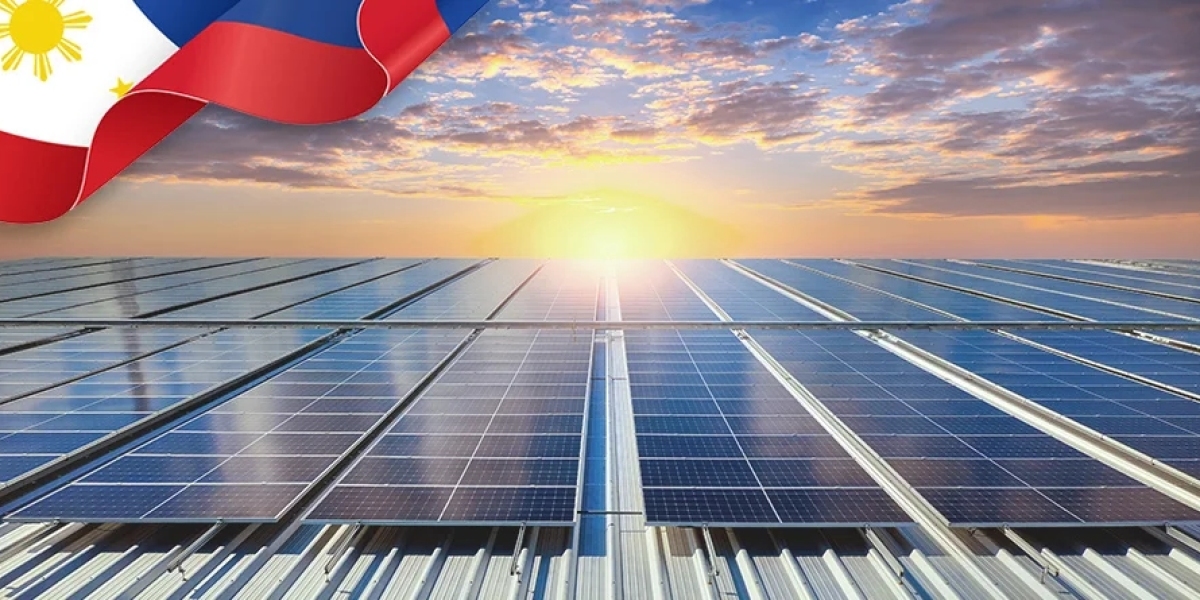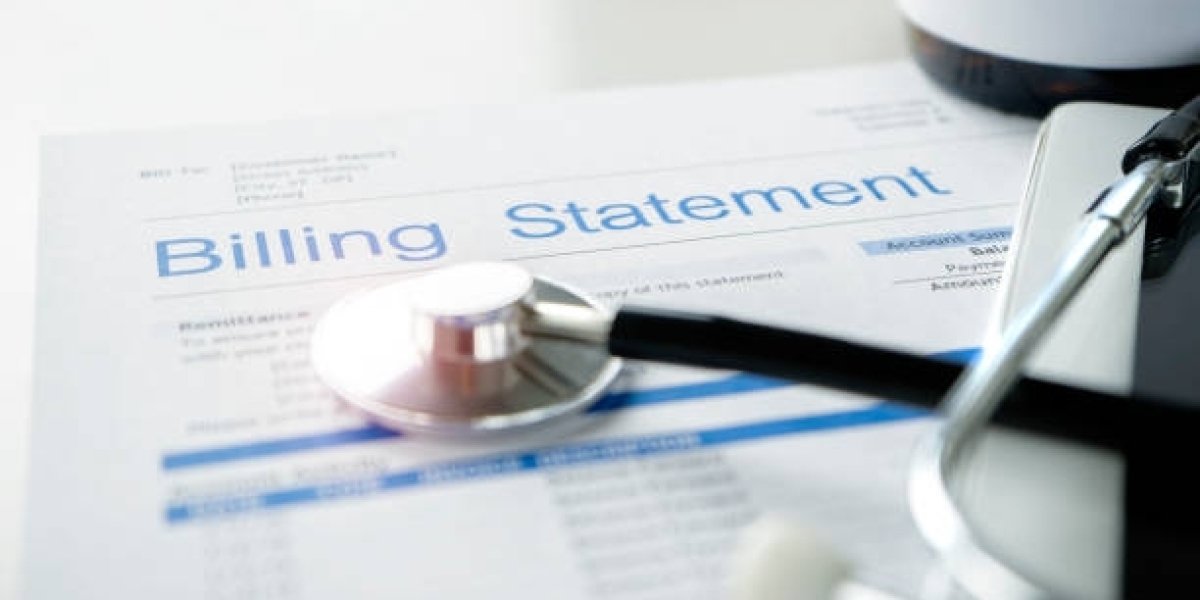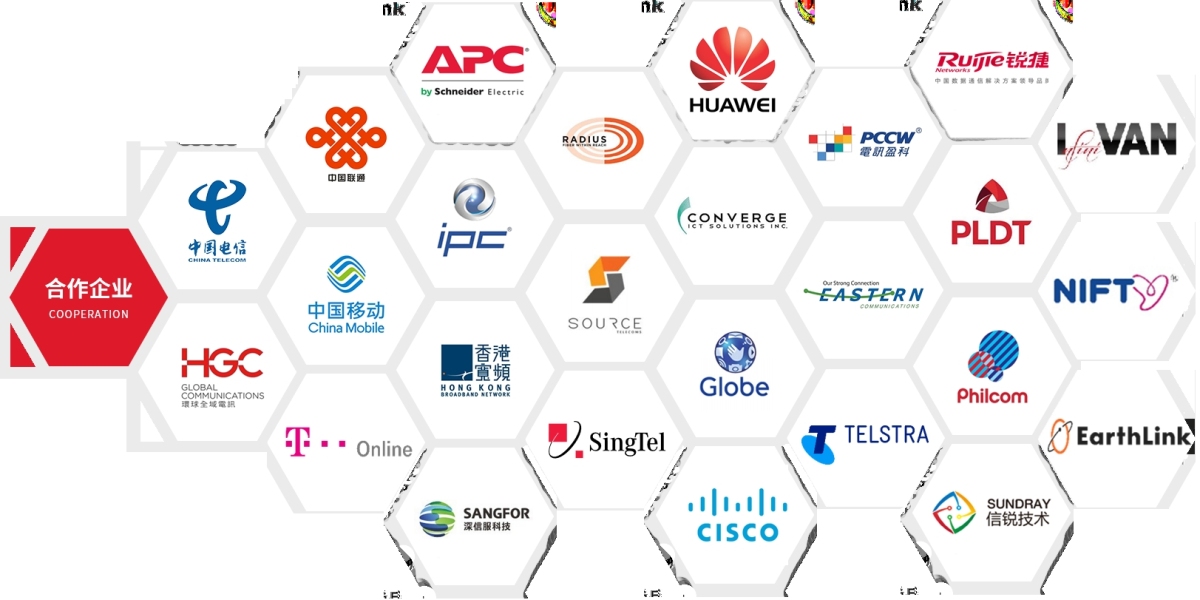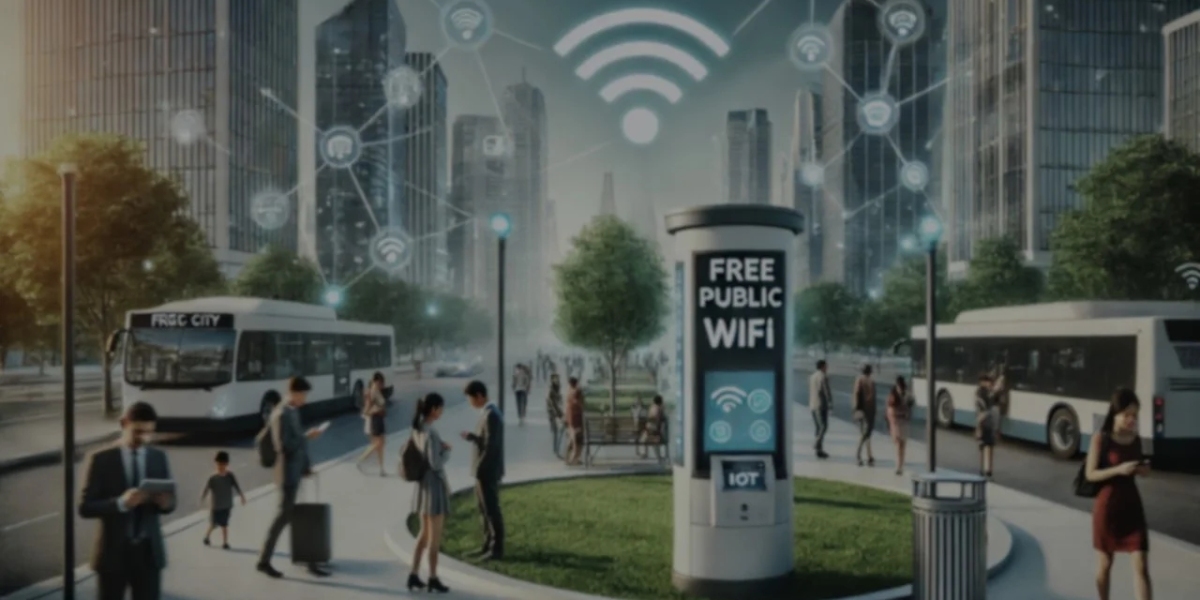Introduction: Why Solar Energy Matters in the Philippines
How Solar Energy Systems Work
Benefits of Using Solar Power in the Philippines
Types of Solar Energy Systems for Homes and Businesses
Cost of Solar Panel Installation in the Philippines
Government Incentives and Net Metering Explained
Best Solar Energy Providers in the Philippines (2025)
Real Case Studies: Filipino Homes and Barangays
FAQs About Solar Energy in the Philippines
Conclusion: The Future Is Solar-Powered
Introduction: Why Solar Energy Matters in the Philippines
The Philippines, a tropical archipelago with over 300 sunny days a year, is uniquely positioned to harness solar energy as a primary power source. With rising electricity rates, frequent grid outages, and growing environmental awareness, more Filipinos are exploring solar power as a practical, sustainable, and cost-saving solution.
In 2024, residential and commercial solar adoption surged by over 40%, driven by government support, lower panel prices, and increased demand for energy independence. From urban rooftops in Metro Manila to remote barangays in Palawan, solar panels are lighting up homes, schools, and farms — while reducing dependence on fossil fuels.
This guide explains everything you need to know about solar energy in the Philippines: how it works, how much it costs, where to buy it, and why it’s a smart investment in 2025 and beyond.
How Solar Energy Systems Work
Solar energy systems convert sunlight into electricity using photovoltaic (PV) panels. These systems are designed to power everything from lights and appliances to entire buildings. Here’s a basic breakdown of how a typical setup works:
? Components of a Solar Energy System:
Solar Panels (PV Modules)
Capture sunlight and convert it into direct current (DC) electricity.
Inverter
Converts DC into alternating current (AC) for home or business use.
Mounting System
Secures panels to your roof, wall, or ground.
Battery (Optional)
Stores excess power for nighttime or emergencies (off-grid or hybrid systems).
Net Meter (For grid-tied systems)
Measures electricity imported from and exported to the grid.
⚡ Types of Solar Energy Setups:
Grid-Tied: Connected to the public utility grid; most common in cities.
Off-Grid: Fully independent; ideal for rural or remote areas.
Hybrid: Combines grid access with battery backup.
Fun Fact: One square meter of solar panel in the Philippines can generate up to 4.5–5.5 kWh/day — among the highest yields in Asia!
Benefits of Using Solar Power in the Philippines
Investing in solar energy is more than just a trend — it’s a long-term solution that brings economic, environmental, and social benefits. In the context of the Philippines, where electricity prices are among the highest in Southeast Asia, solar power offers unmatched advantages:
✅ 1. Lower Electricity Bills
Once installed, solar panels can significantly reduce your monthly electric bills. Depending on your system size and usage, savings can range from 30% to 100%.
Example: A household consuming 500 kWh/month can save ₱3,500–₱6,000 monthly with a 5kW solar system.
✅ 2. Energy Independence
With a solar setup, you're less dependent on Meralco or other power utilities. This is especially helpful during blackouts, fuel price hikes, or peak demand periods.
Bonus: Pairing your system with batteries gives backup power during typhoons or grid outages.
✅ 3. Eco-Friendly and Sustainable
Solar power produces zero greenhouse gas emissions. Every kilowatt-hour generated from solar offsets roughly 1 kg of CO₂ emissions.
Fact: A 5kW system offsets over 6 tons of CO₂ annually — equivalent to planting 100 trees per year.
✅ 4. Increased Property Value
Homes and buildings with solar systems are more attractive to buyers and renters. Solar-equipped properties may sell faster and at higher values.
✅ 5. Net Metering = Earn From Excess Power
With net metering, you can export excess electricity back to the grid and receive credits from your utility provider — essentially earning money when the sun shines.
✅ 6. Low Maintenance and Long Lifespan
Solar panels are built to last 25+ years and require minimal upkeep. Occasional cleaning and inverter checks are usually all that’s needed.
Types of Solar Energy Systems for Homes and Businesses
Understanding the type of system best suited to your home, office, or farm is critical. Here's a breakdown of the three main solar setups available in the Philippines:
? 1. Grid-Tied Solar System
Description: Connected to the utility grid without battery storage. Excess energy is sent to the grid via net metering.
Ideal For: Homes or businesses in urban areas with stable grid access
Pros:
Lower upfront cost
Qualifies for net metering
Efficient for daily power needs
Cons:
No power during blackouts
? 2. Off-Grid Solar System
Description: Fully independent power source with batteries; no grid connection required.
Ideal For: Remote areas with no electricity access or unreliable grid
Pros:
Full energy independence
Operates during power outages
Cons:
Higher cost due to battery storage
More complex installation and maintenance
⚡ 3. Hybrid Solar System
Description: Combines both grid access and battery backup. You can store excess power and also sell to the grid.
Ideal For: Properties needing backup power during outages or peak load times
Pros:
Best of both worlds
Increased reliability and flexibility
Cons:
Slightly more expensive than grid-tied
Cost of Solar Panel Installation in the Philippines (2025)
The cost of installing a solar energy system in the Philippines has decreased dramatically in the past decade, making it more affordable than ever. Still, your total expense depends on factors like system size, location, type of components, and whether or not batteries are included.
? Average Solar Installation Costs by System Size (as of 2025):
| System Size | Ideal For | Est. Cost Range (PHP) | Monthly Savings (Approx.) |
|---|---|---|---|
| 1.5 kW | Small homes (1–2 users) | ₱90,000 – ₱120,000 | ₱1,500 – ₱2,500 |
| 3.0 kW | Medium homes (3–5 users) | ₱180,000 – ₱220,000 | ₱2,500 – ₱4,500 |
| 5.0 kW | Large homes/businesses | ₱280,000 – ₱350,000 | ₱4,500 – ₱7,000 |
| 10.0 kW | Commercial buildings | ₱550,000 – ₱700,000 | ₱9,000 – ₱14,000 |
Note: These are grid-tied system costs and exclude batteries. Adding a 5kWh battery bank can increase the price by ₱100,000–₱150,000.
? Other Costs to Consider:
Installation labor: Often included in the package, but remote areas may incur extra fees
Permits and net metering: ₱2,000 – ₱5,000 depending on LGU
Inverter replacement (after ~10 years): ₱30,000 – ₱60,000
? Return on Investment (ROI):
Payback period: 4 to 7 years (depending on usage and system size)
After breakeven, you enjoy 20+ years of free electricity
Government Incentives and Net Metering Explained
To promote clean energy adoption, the Philippine government has rolled out policies and incentives under the Renewable Energy Act of 2008 and subsequent DOE circulars.
✅ 1. Net Metering Program (RA 9513)
Net metering allows you to export unused solar power back to the grid and receive credits against your electric bill.
Eligibility: Systems ≤ 100 kW
How it works: If your solar system generates more than you consume, the excess is sold to your distribution utility (DU), like Meralco or Visayan Electric.
Billing method: Credits are applied to your next bill at the blended generation cost rate (lower than retail, but still valuable).
Example: If your home uses 300 kWh but generates 400 kWh, you are credited for the 100 kWh surplus.
✅ 2. Tax Incentives and VAT Exemptions
While implementation varies, certain solar equipment may qualify for:
Zero or reduced import duties
VAT exemption on RE devices
Corporate tax holidays (for large-scale projects)
✅ 3. LGU and Barangay Support
Many local governments offer assistance such as:
Permit fast-tracking
Community solar programs
Free consultation or training
✅ 4. Financing and Loans
Banks and solar companies now offer zero-down payment or installment plans:
BPI Sustainable Energy Financing
RCBC Green Finance
Home Credit Solar Bundles
Suniway’s Pay-Lite Solar Program (for households)
Tip: Always request an energy audit and simulation report before committing to a provider.
Best Solar Energy Providers in the Philippines (2025)
The Philippine solar market has grown significantly, with numerous providers offering residential, commercial, and industrial solar solutions. When choosing a provider, consider product quality, experience, after-sales support, and financing options.
? 1. Suniway Solar
Specialty: Community and commercial-scale solar
Strengths:
Local technical support
Integrated with fiber and smart city systems
Solar + battery hybrid setups available
Serves off-grid barangays in Luzon and Visayas
Best For: Homeowners, schools, barangays, LGUs
? 2. Solaric
Specialty: Residential rooftop systems
Strengths:
Strong online presence
Clear ROI estimates
End-to-end service
Best For: Middle- to high-end households in urban areas
? 3. GreenHeat Philippines
Specialty: Industrial and commercial installations
Strengths:
Large-scale solar farms
Works with real estate developers
Water heating systems available
Best For: Hotels, factories, resorts
? 4. Enfinity Philippines
Specialty: Solar PPAs and utility-scale projects
Strengths:
Focused on B2B and infrastructure
No upfront cost models for large firms
Best For: Corporate clients, malls, logistics centers
? 5. Solar Philippines
Specialty: Rural electrification and national grid feed-in
Strengths:
Pioneer of the world’s largest solar battery farm (Batangas)
Government collaborations
Best For: Nationwide impact projects
? What to Ask a Solar Provider Before You Commit:
Are your panels Tier-1 rated and warrantied for 25 years?
Do you provide free energy audit and simulation?
Is net metering application included in your service?
What’s your local service coverage?
Do you offer flexible financing?
Real Case Studies: Filipino Homes and Barangays
? Case 1: Urban Family in Quezon City – Grid-Tied Solar
System: 3kW grid-tied
Cost: ₱190,000
Savings: ₱3,200/month
ROI: 5.5 years
Provider: Solaric
Outcome: 40% reduction in Meralco bill and stable internet for WFH setup
? Case 2: Remote Barangay in Mindoro – Off-Grid Hybrid
System: 10kW solar with 20kWh battery
Users: 6 homes + 1 barangay hall
Provider: Suniway
Special Feature: Supports lights, fans, basic appliances, and CCTV
Outcome: 100% renewable, blackout-proof, helped students access online classes
? Case 3: Mid-Sized Factory in Cebu – Hybrid Commercial
System: 30kW hybrid with smart load shifting
Provider: GreenHeat
Savings: ₱40,000/month
Outcome: Cut peak-hour bills, stabilized production power needs
? Case 4: Public School in Iloilo – Grid-Tied Solar
System: 5kW + net metering
Funded by: LGU & NGO grant
Outcome: Power for lights, fan, routers; monthly savings reallocated to school supplies
Frequently Asked Questions (FAQs) About Solar Energy in the Philippines
Q1: Is solar energy really worth it in the Philippines?
Absolutely. With high electricity rates and abundant sunlight, solar systems in the Philippines typically pay for themselves in 4 to 7 years, then provide nearly 20 years of free electricity. Plus, they increase your property value and reduce carbon emissions.
Q2: How long do solar panels last?
High-quality solar panels last 25 to 30 years, with minimal efficiency loss. Inverters usually last 10–15 years and may need replacement during that time.
Q3: What happens during cloudy days or at night?
Solar panels still produce some electricity during cloudy days, but not as much. At night, you'll either rely on the utility grid (for grid-tied systems) or your battery storage (for hybrid/off-grid systems).
Q4: Can I install solar panels without batteries?
Yes. Grid-tied systems don’t require batteries — they use the grid as backup. However, if blackouts are frequent in your area, adding a battery is ideal for reliability.
Q5: What is net metering and how do I apply?
Net metering lets you sell excess solar power back to your utility provider. To apply:
Choose a DOE-accredited installer
Submit application to your distribution utility
Install a bi-directional meter
Start receiving credits on your electric bill
Q6: Is there a solar loan or “zero down payment” option?
Yes. Several banks and installers (e.g., BPI, RCBC, Suniway) offer installment plans, with zero-down and low-interest options for qualified applicants.
Conclusion: The Future Is Solar-Powered
As energy prices soar and climate change accelerates, solar energy in the Philippines is no longer just an eco-friendly choice — it’s an economic necessity. With generous sunlight, evolving policies, and accessible technology, millions of Filipino households and businesses can benefit from making the switch.
Whether you're looking to cut your electric bill, secure backup power, or support sustainable development, solar energy offers a clean, cost-effective path forward. The sooner you invest, the sooner you start saving — and the more impact you make.
? Start your solar journey today.
Consult a trusted provider like Suniway to get a free energy audit, installation plan, and financing options tailored to your home or community.
Together, let’s power a brighter, greener, and more independent future — one rooftop at a time.









